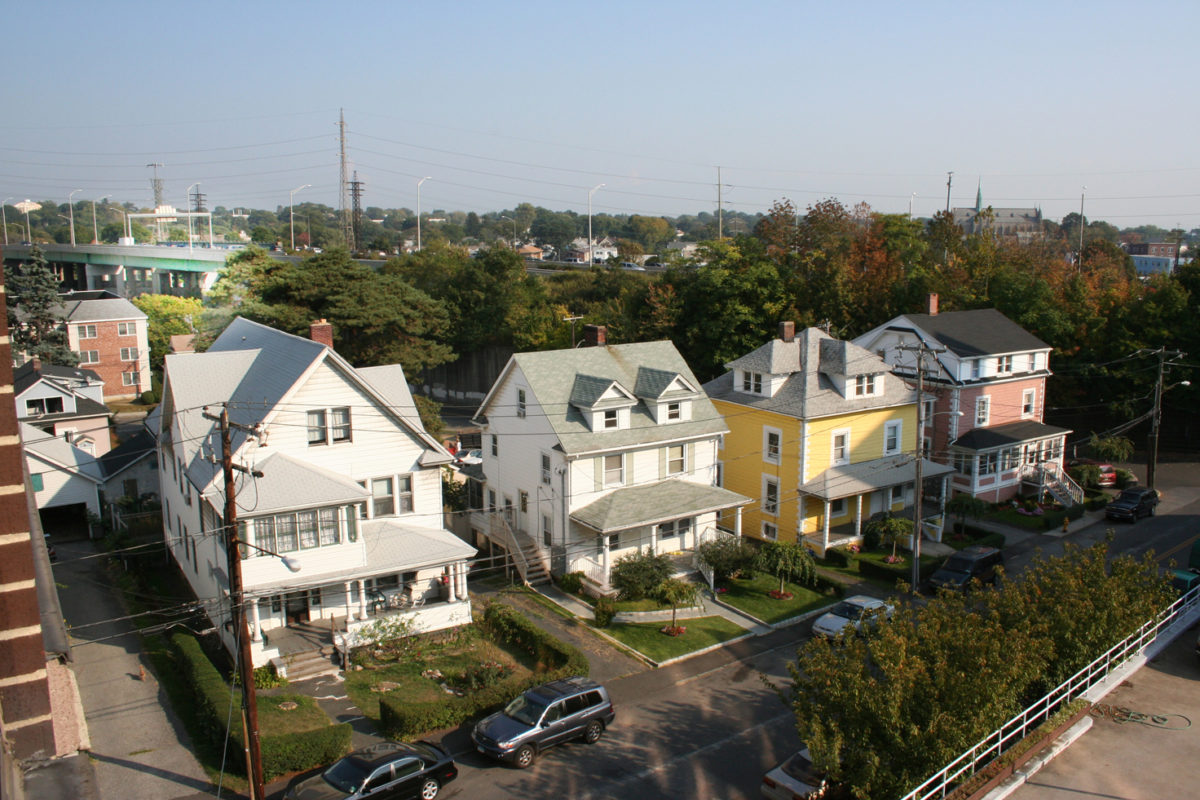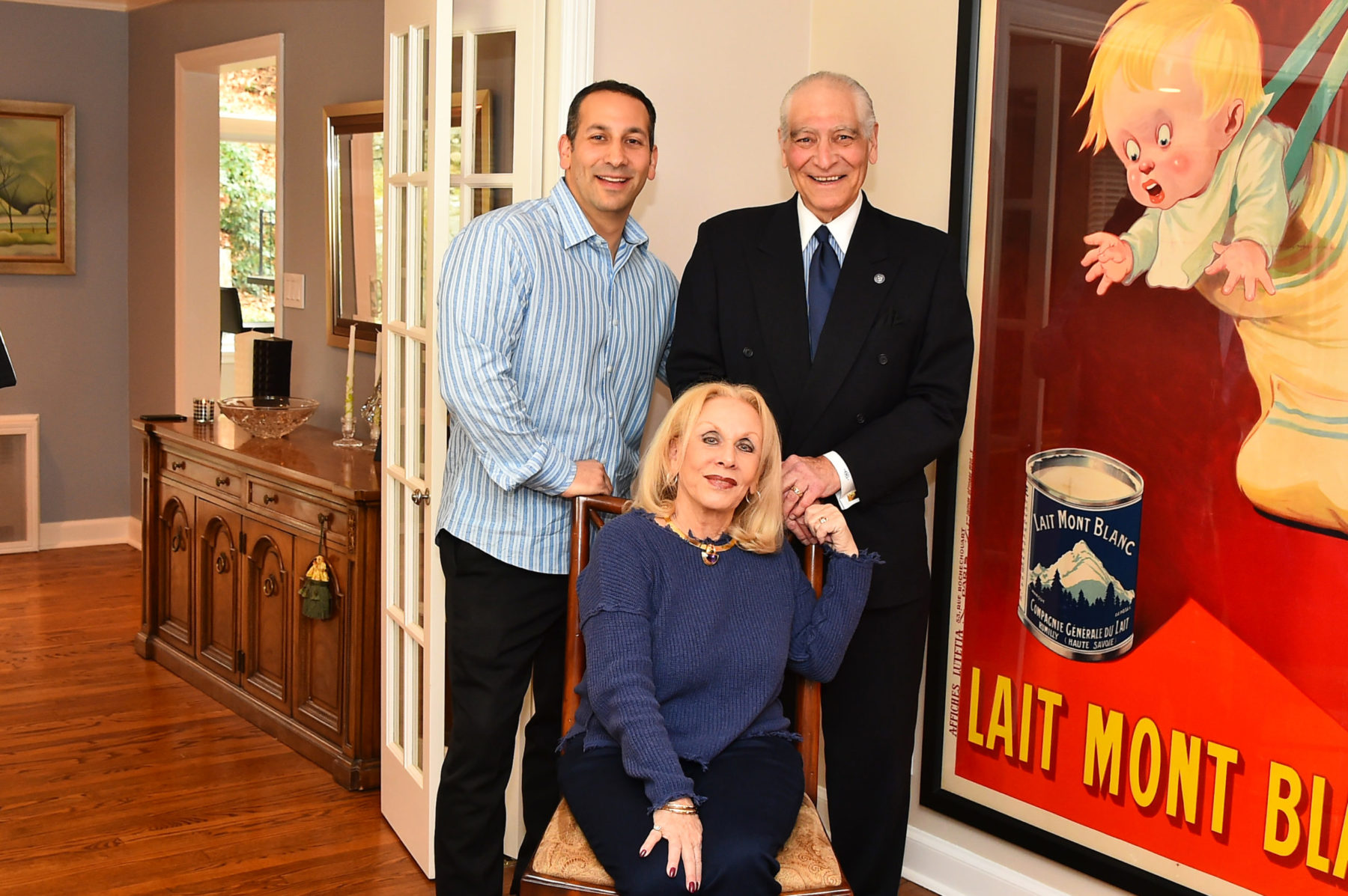Fairfield County”™s real estate agents are looking into 2021 with a market that has much to offer potential buyers ”” except perhaps a wide selection of properties to choose from.
“We”™re still dealing with low inventory,” said Craig Oshrin, a Realtor in the Westport office of RE/MAX Heritage. “I am remaining optimistic that we are going to see more properties hitting the market. I feel that because of Covid last year hitting in March and things were shutting down, people were on a pause.”
Oshrin noted that the Covid-19 pandemic spurred an exodus from New York City residents who were eager to escape the socioeconomic problems in the Big Apple.

Oshrin observed this wave of new arrivals that has yet to abate, and he believes the continued influx will encourage sellers who were previously holding off listing their homes due to uncertainty of the pandemic-era economy to relent and make their residences available for purchase.
“There was this gridlock for sellers, but now they”™re finding themselves in a place where maybe they want to move out of state or maybe they want to downsize to something smaller,” Oshrin said. “I think we”™re going to see more sellers in Connecticut listing their properties.”
Lynne Boehm, an agent with Weichert Realtors – Madison and Post in Ridgefield, echoed Oshrin”™s prediction and believed that brokers should work harder to make that situation happen sooner rather than later.
“The message that, as Realtors, we would really like to deliver is that we need more people to be putting their houses on the market because this is a great time to sell,” she said.
“And it will continue to be a great time. We expect that people will still be moving from the city into Connecticut. And comparing Fairfield County versus Westchester County, the taxes seem to be a driving force for people to move to Fairfield County.”
For Linda Skolnick, a Westport-based Realtor with Coldwell Banker, more listings would be a relief.
“We only have 100 active homes in Westport right now,” she said. “It”™s very low, and in addition to those 100 that are active, we have 96 that have either an accepted offer or are under contract. We really don”™t have inventory.”
Skolnick observed that a drop in housing inventory created a seesaw effect with home prices going up. But despite the higher prices, she is still fielding inquiries from both near and far.
“I get calls from people from New York that say, ”˜All my friends are moving to Westport ”” I guess I held back all this time and now I”™m ready to come,”™” she said.
“A number of my colleagues received calls from people in California who are frustrated with the taxes, the government and the wildfires ”” they”™ve had enough, so there is a really big migration out of California and the East Coast is getting some of the benefits of that.”
Andy Sachs, team leader with the Around Town Real Estate Team at Keller Williams in Newtown, lamented that homebuilders are not responding to the inventory shortage with more developments.
“We need more creative redevelopment and, in my opinion, some loosening of some zoning regulations,” he said. “And we need to create an opportunity to keep our working class ”” our teachers, our firefighters, our police ”” in beautiful housing.”
Brian Cleary, director and communications manager at Brown Harris Stevens Connecticut in Newtown, observed that the local condominium market has seen more activity as single-family properties remain an elusive commodity.
“For December in lower Fairfield County, there were 80% more sales than last year,” he said. “I feel like demand has spread. Originally, the demand was overwhelmingly for single-family houses, but with sales up as strong as they were and inventory is down, it”™s sort of spread the wealth.”
But not everyone has wealth to spread, especially first-time homebuyers who are eager to take advantage of historically low mortgage rates but cannot afford the region”™s rising home prices.
“In northern Fairfield County, a first-time homebuyer could expect to pay $200,000 to $400,000, on average,” Sachs said. “But those homes that used to be $200,000 to $400,000 are now $300,000 to $500,000 or $600,000. There are buyers continuing to rent because it”™s expensive, and they”™re going to be renting for longer than they had hoped.”
And the first-time buyers have competition from existing homeowners that want to add another residence to their lives.
“There”™s a large amount of second-home buyers, people that are not giving up their city apartments but want the country yet don”™t want the Hamptons,” Skolnick said. “They want a real community that one day they might make their full-time home.”
Skolnick added that the pandemic created this new breed of second-home buyers when travel was greatly curtailed last year and many people who rented a second home instead enjoyed the experience.
“They decided they want to own a second home,” she continued. “It doesn”™t mean they”™re not going to go back to travel, but it”™s a nice option in addition to being a city dweller to have more space for your families, for your guests or for yourself. Whether it”™s families, single and empty nesters, I”™m seeing it across the board ”” it”™s not just one group.”





















